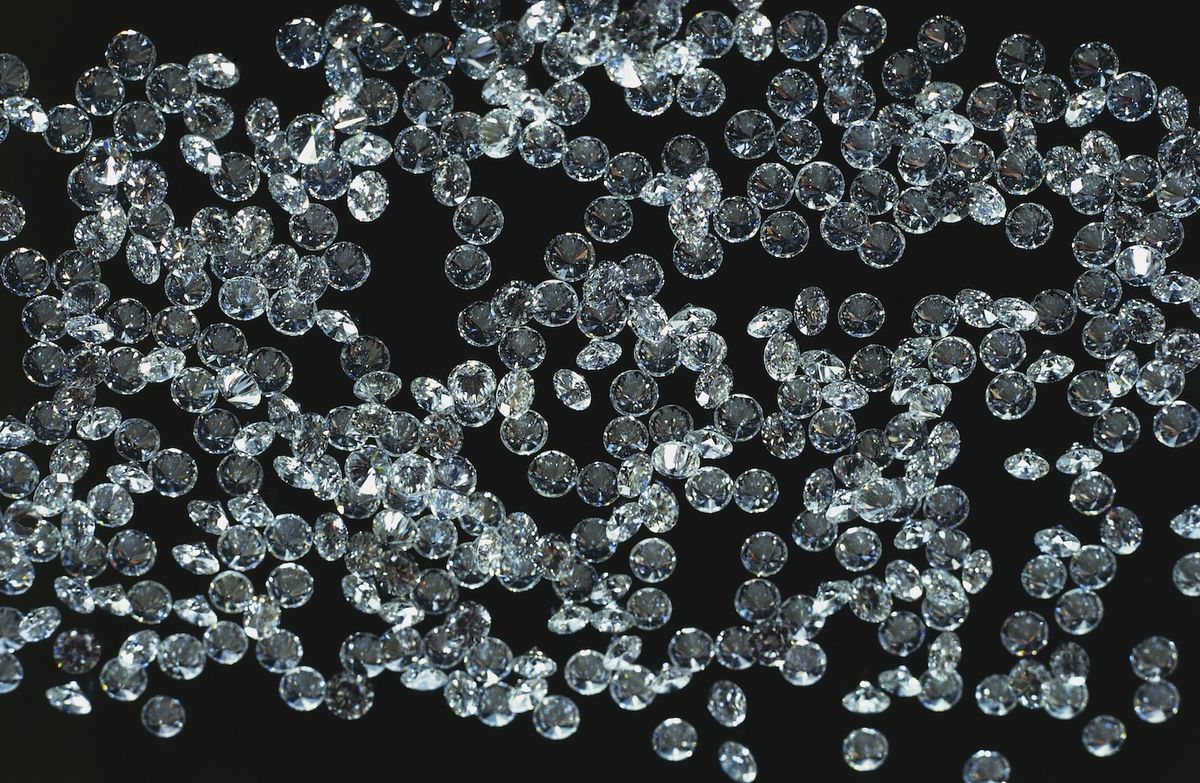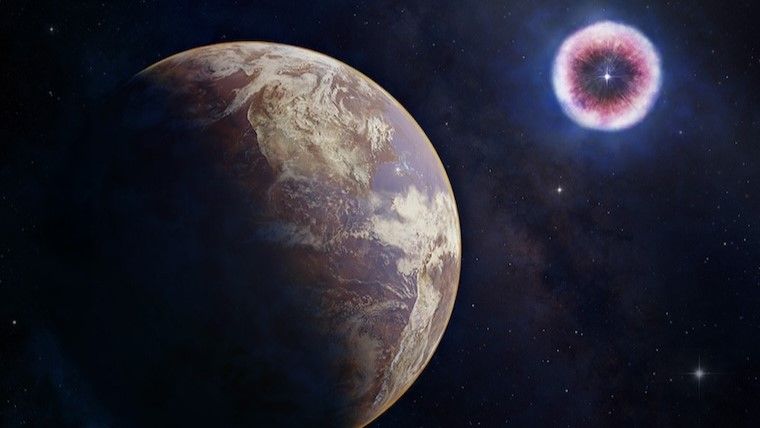Lab-made hexagonal diamonds are stronger than the real thing
The scientists used a soundwave and a laser beam to measure the diamonds before they disintegrated.

Diamonds may be the strongest known natural material, but researchers have just created some stiff competition.
By firing a dime-sized graphite disk at a wall at 15,000 mph (24,100 km/h), scientists momentarily created a hexagonal diamond that is both stiffer and stronger than the natural, cubic kind.
Hexagonal diamonds, also known as Lonsdaleite diamonds, are a special type of diamond with carbon atoms arranged in a hexagonal pattern. Formed when graphite is exposed to extreme heat and stress, such as at meteor impact sites, the rare material has long been theorized to be stronger than ordinary cubic diamonds.
However, as the hexagonal diamonds found in impact craters contain too many impurities, scientists have never accurately measured their properties.
Related content: Sinister sparkle gallery: 13 mysterious & cursed gemstones
Now, researchers have not only forged the hexagonal diamonds but also measured their stiffness — the ability to resist changing shape when squashed or stretched — with a combination of sound waves and laser light.
"Diamond is a very unique material," study co-author Yogendra Gupta, director of the Washington State University Institute for Shock Physics, said in a statement. "It is not only the strongest — it has beautiful optical properties and a very high thermal conductivity. Now we have made the hexagonal form of diamond, produced under shock compression experiments, that is significantly stiffer and stronger than regular gem diamonds."
Sign up for the Live Science daily newsletter now
Get the world’s most fascinating discoveries delivered straight to your inbox.
Cubic diamonds usually form more than 90 miles (150 kilometers) beneath Earth’s surface, under extreme pressures many times greater than the crushing depths of the deep ocean, and temperatures beyond 2,732 degrees Fahrenheit (1,500 degrees Celsius). But to form hexagonal diamonds, the researchers emulated the high-energy impact of a meteor strike, using gunpowder and compressed air to launch the graphite disks at incredible speeds. As the disks slammed into a wall, the shockwaves of the impact rapidly transformed the disks into hexagonal diamonds.
To measure the diamonds’ strength and stiffness in the fraction of a second before the minerals were smashed to smithereens, the researchers emitted a sound wave and measured how quickly it traveled through the hexagonal diamonds with a laser. (The sound waves cause the diamond density to fluctuate as it moves through, which affects the path length of the laser beam.) The stiffer a material is, the faster sound moves through it.
It's difficult to tell if the hexagonal diamonds are harder than the average diamond. Hardness is a measure of how difficult it is to scratch a material’s surface, and the hexagonal diamonds didn’t exist long enough for the scientists to scratch them.
Right now scientists haven't figured out a way to create more long-lived hexagonal diamonds in the lab, but if a method is discovered, the researchers anticipate a range of uses for them — from more effective drill bit tips, to fancier engagement rings.
"If someday we can produce them and polish them, I think they'd be more in-demand than cubic diamonds," Gupta said. "If somebody said to you, 'Look, I'm going to give you the choice of two diamonds: one is a lot more rare than the other one.' Which one would you pick?"
The researchers published their findings March 31 in the Journal Physical Review B.
Originally published on Live Science.

Ben Turner is a U.K. based staff writer at Live Science. He covers physics and astronomy, among other topics like tech and climate change. He graduated from University College London with a degree in particle physics before training as a journalist. When he's not writing, Ben enjoys reading literature, playing the guitar and embarrassing himself with chess.


